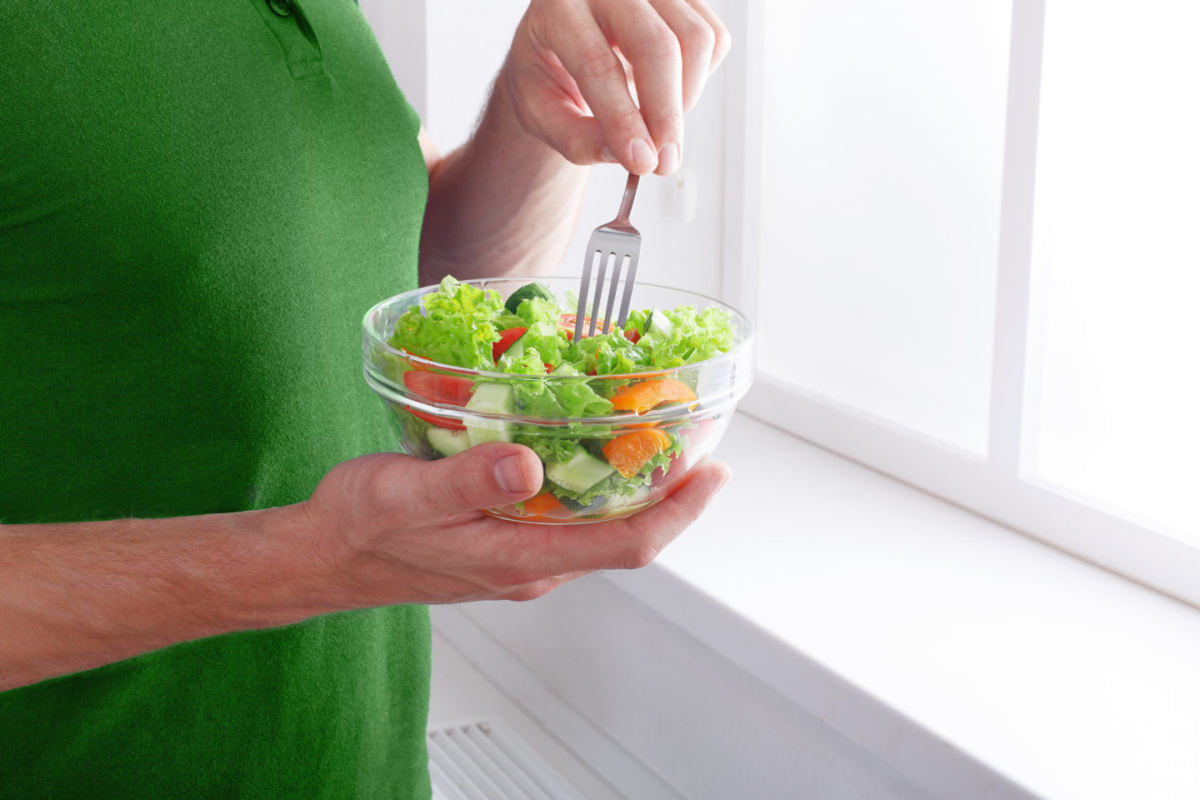
Are you suffering from the keto flu? I suggest you follow these natural remedies to fight off the symptoms and have a successful keto diet journey.
RELATED: Understanding Net Carbs Ketogenic Diet
In this article:
The Flu That Comes with the Ketogenic Diet
Causes of the Keto Diet Flu
Helpful Remedies for Keto Flu
Keto Flu Definition: People who are new to the ketogenic diet tend to experience a collection of symptoms similar to flu symptoms, which is referred to as the keto flu. These symptoms are brought about by the body adapting to the new diet.
The Flu That Comes with the Ketogenic Diet
One of the hardest parts of becoming keto-adapted is dealing with the flu-like symptoms that present themselves when you start the ketogenic diet for your long-term weight loss program.
These keto flu symptoms, while not life-threatening and likely to go away after a few days to a week, can make going about your daily business quite taxing. But, don’t think for a second that there’s nothing you can do to combat the keto flu! To start avoid sugar when you are sick.
These three remedies are known for their usefulness at fighting the feelings of illness so you feel better and don’t become discouraged to continue your keto journey.
Causes of the Keto Diet Flu
There are essentially two causes behind the keto flu:
The body’s initial cravings for carbohydrates before becoming keto-adapted
An electrolyte imbalance that leaves the body dehydrated, which is caused by the sudden drop in Fat Storing Hormone
The following keto flu remedies target these two causes in different ways to help you feel better – faster.
1. Bump Up the Sodium Intake to Avoid Keto Flu Symptoms

When your Fat Storing Hormone levels drop in the initial stages of the high-fat diet, this prompts the kidneys to release water and sodium (salt). Increasing your water intake, or staying hydrated, is good for anybody, especially keto dieters.
Unfortunately, that alone isn’t enough to help balance what’s missing. Consciously adding more salt to your diet in some form or another will help dramatically reduce or avoid keto flu symptoms
Ways to Increase Your Sodium Intake:
Add fine salt (sea salt or Himalayan salt, preferably) to a glass of water. You should only use ¼ to ½ of a teaspoon when doing this.
Add more salt to the food you are consuming.
Consciously choose to consume foods that are inherently saltier, such as bone broth.
RELATED: What Type Of Food Triggers Ketosis
2. Make Sure You’re Eating Enough Healthy Fats to Lose Weight
A lot of people make the mistake of thinking they can take this low-carb diet and turn it into a low-calorie one, too. This is not the case because increased fat consumption is necessary for the success of the ketogenic diet. Since your body is in the throes of transitioning from carbohydrates to fat as a fuel source, your body is going to need – and demand – that fat for energy levels.
You can add high-fat and healthy additives like coconut oil, olive oil, and lard to your cooking to help your body obtain enough calories from fat on keto to effectively burn fat and lose weight. Once you are meeting your body’s caloric needs in this way, you will be amazed at how much better you’ll feel.
3. Eat Some More Carbs (of the Right Kind) to Let the Body Adapt

This might sound crazy since the ketogenic diet is known for being as low in carbohydrates as it gets, but hear me out first. Some dieters try to minimize their carb intake to such low levels when they experience keto, and so suddenly, they don’t feel very good as a result.
Remember, the phrase is “keto-adapted.” Your body has to adjust, to adapt to its new way of functioning, especially in burning fat. For most people, this means slowly bringing down their carbohydrate intake rather than the all-or-nothing approach.
Of course, you don’t want to be eating carbs from unhealthy sources. But, you can increase your intake of “clean carbs” by consuming fruits and vegetables, mostly leafy greens, which contain carbohydrates, such as:
Green peppers
Broccoli
Spinach
Cucumber
Kale
Raspberries
Blackberries
Over time, your body will become closer and closer to being keto-adapted, and you can gradually decrease the amount of carbohydrates you eat. Make sure to always calculate your net carbs so you will know exactly how many carbs your body absorbs. Increase your intake of non-starchy vegetables and berries while you’re afflicted with the keto flu, and you will start to feel better.
The keto flu is an obnoxious part of becoming keto-adapted, but it doesn’t have to be a setback. Some people experience no symptoms or very mild ones, whereas others feel near debilitated by the ketosis diet flu. If you find yourself struggling with the flu-like symptoms when starting the ketogenic diet, consider the remedies above to make yourself feel great again.
Are you experiencing the keto diet flu symptoms? What remedies have you tried to combat them? Let us know in the comments section below.
Up Next:
Disclaimer: Our educational content is not meant or intended for medical advice or treatment.
Editor’s Note: This post has been updated for quality and relevancy.
